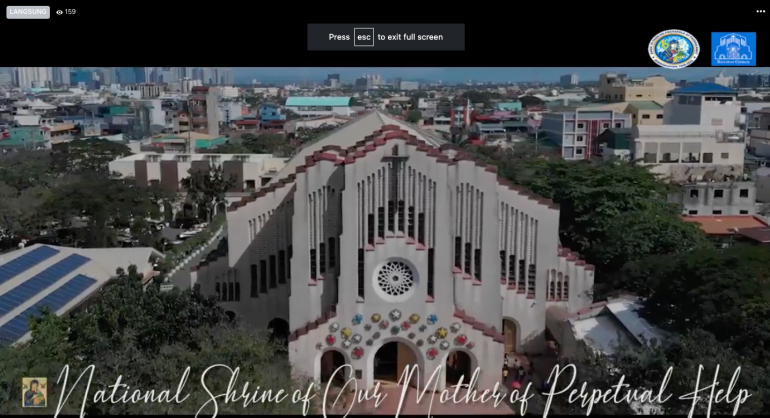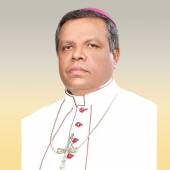Philippines' National Shrine of Our Mother of Perpetual Help: A center of Marian devotion

One of the largest Marian churches in the country, this Modern Romanesque structure can seat 2,000 people and stand 9,000 more at a time.
Completed in December 1958, it's popularly known locally as the Redemptorist Church, and the Baclaran Church.
Ringing and pealing 24 bells, thousands of devotees from across Manila and provinces retrace this shrine on Wednesdays to attend mass, pray the novena, and implore for personal requests.
One of its notable devotees is Milagros Ong How, founder of Universal Harvester Inc, a company that manufactures, locally distributes, and exports fertilizers.
During World War II, the icon of Our Mother of Perpetual Help was taken down from the altar for safekeeping. It was also moved from the altar in 2019 to pave the way for the church's renovation.
The original icon enshrined at the main altar came from Germany. The Redemptorist Order brought it in in 1906 when the country was still under American rule.
Our Lady of Perpetual Help has been the heart of Marian's devotion for about 70 years since its establishment. Hundreds of miracles had been linked to it.
Father Victorino Cueto, CSsR, Rector of the Our Mother of Perpetual Help National Shrine, invited devotees to look at it as a chance for “Mother Mary to be close to us and meet us in an encounter of life and love, of faith and mission."
The shrine is located in Parañaque, a city in Metro Manila. It measures 350 feet long and 118 feet wide. It stands 71 feet tall.
Its facade faces west where Manila Bay, widely known for its beautiful sunset, is located.
The stories about Our Lady of Perpetual Help, especially answered prayers, have reached parts of the globe. Marian devotees as well as tourists fly in to see the place.- Oliver Samson
Radio Veritas Asia (RVA), a media platform of the Catholic Church, aims to share Christ. RVA started in 1969 as a continental Catholic radio station to serve Asian countries in their respective local language, thus earning the tag “the Voice of Asian Christianity.” Responding to the emerging context, RVA embraced media platforms to connect with the global Asian audience via its 21 language websites and various social media platforms.














